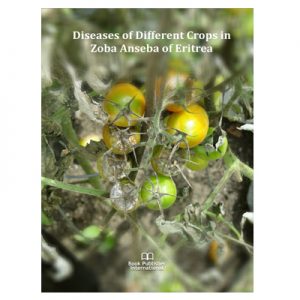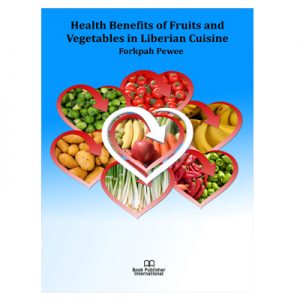Central Government and respective State Governments are implementing several agricultural development programmes for the betterment of farming community in the last seven decades. At national level these development programmes brought considerable changes in economic growth of the sector and also attained near self-sufficiency in food security. One such programme is National Horticultural Mission (NHM) launched by Central Government in 2004-05 for holistic development of horticulture sector in the country. This programme is regionally differentiated with district as unit and with highest allocation of funds since independence in agricultural sector. The components of NHM consists of area expansion in horticulture crops, increased production and productivity, high-tech horticulture, skill development and capacity building of farmers, plant protection measures, support to organic farming, mechanization, employment generation, post-harvest management and processing and marketing support. The programme consists of subsidies, material support, technical guidance and capacity building to identified farmers. In Karnataka, the programme is implemented by Karnataka State Department of Horticulture from 2006 onwards in phased manner and from 2009 onwards the programme is implemented throughout the state.
These research findings indicate the impact of NHM programme on individual beneficiaries level from all the 6 blocks of Davanagere district covering 24 villages and 144 beneficiaries. This book contains the impact of National Horticulture Mission on socio-economic status of beneficiaries in Davanagere district of Karnataka state. The impact of the programme is analysed keeping standard of living of beneficiaries before and after participation in NHM. Standard of living is a complex terminology and to understand it better it is expressed in terms annual income, social status, employment generation and re-investment pattern in terms value addition in education, investment on assets, investment on savings, investment on social functions. The computed standard of living of beneficiaries is correlated and regretted to establish relationship and extant of contribution with personal variables of beneficiaries for better understanding. The constraints and suggestions of beneficiaries in implementation of NHM programme are documented. The research findings are immense practical value to concerned implementing agency and policy makers to address the identified lacunas in NHM and other similar development programmes.





